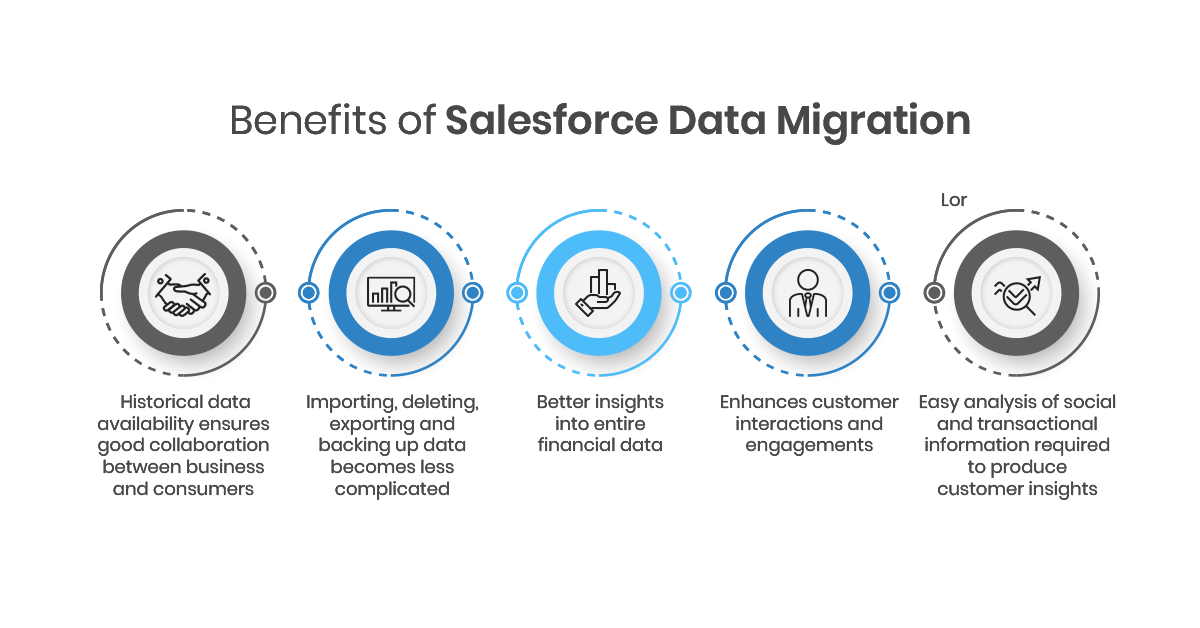
#Salesforce data backup best practices archive
You may archive transactional data like cases and opportunities more frequently than master data like accounts and contacts. Consider setting different frequencies for different objects.Here are the key components of a good data archive strategy. This allows your institution to keep track of useful information, like an alum’s lifetime donation totals, without having to store all of their individual donation records in your production org.

One common practice is to continue to store aggregates of data in Salesforce even after the supported records are archived. When you archive data, your goal is long-term storage of records you may need to access for reasons like compliance.Īrchived data doesn’t need to be in your active Salesforce org, but it should still be accessible. Like data backups, archived data is stored outside of your Salesforce org, but that's where the similarities end.

#Salesforce data backup best practices how to

Here are the key components to a good data backup strategy.Ĭadence for creating backup copies of your data Backups should be retained as long as the data they contain is actively used in your Salesforce org. The goal of data backup is to create an accessible copy of your data that can be loaded into your org if your active data gets damaged. When you back up data, you make a copy of the records currently in your institution’s Salesforce org and save the copy elsewhere without changing or removing the original records. In this quick look we clarify the details of each method and outline best practices for both. Both methods involve storing copies of your institution’s data outside of your Salesforce org, but they aren’t synonymous. Data storage may seem straightforward until you notice concepts that appear to overlap, like data backup and data archive.

Schools need to be intentional about the ways they store and manage data. Alumni data that potentially spans decades.Student data that needs to be kept for varying lengths of time.Data for prospects who may or may not enroll.Data is constantly coming in and out, and there’s a lot of it. Describe best practices for data storage strategies.Įducation institutions manage high volumes of complex, sensitive data like test scores, financial records, grades, and more.Explain the difference between data backup and data archive.After completing this unit you’ll be able to:


 0 kommentar(er)
0 kommentar(er)
